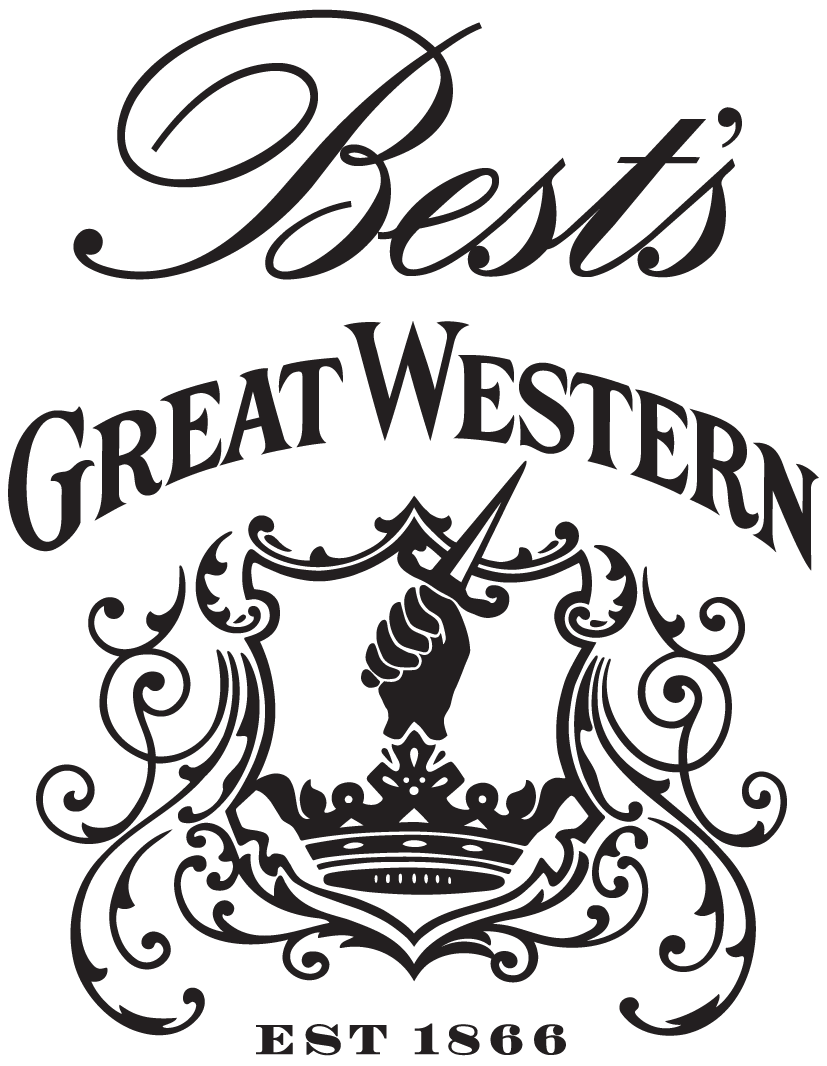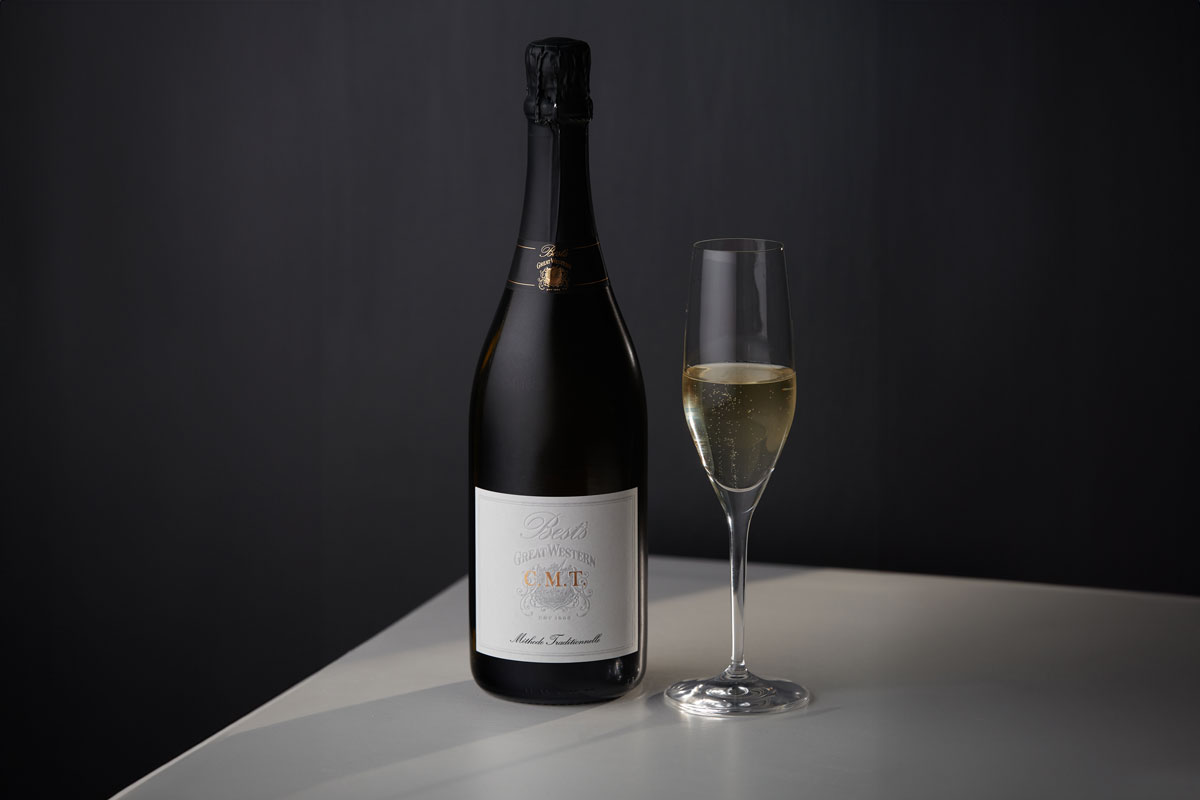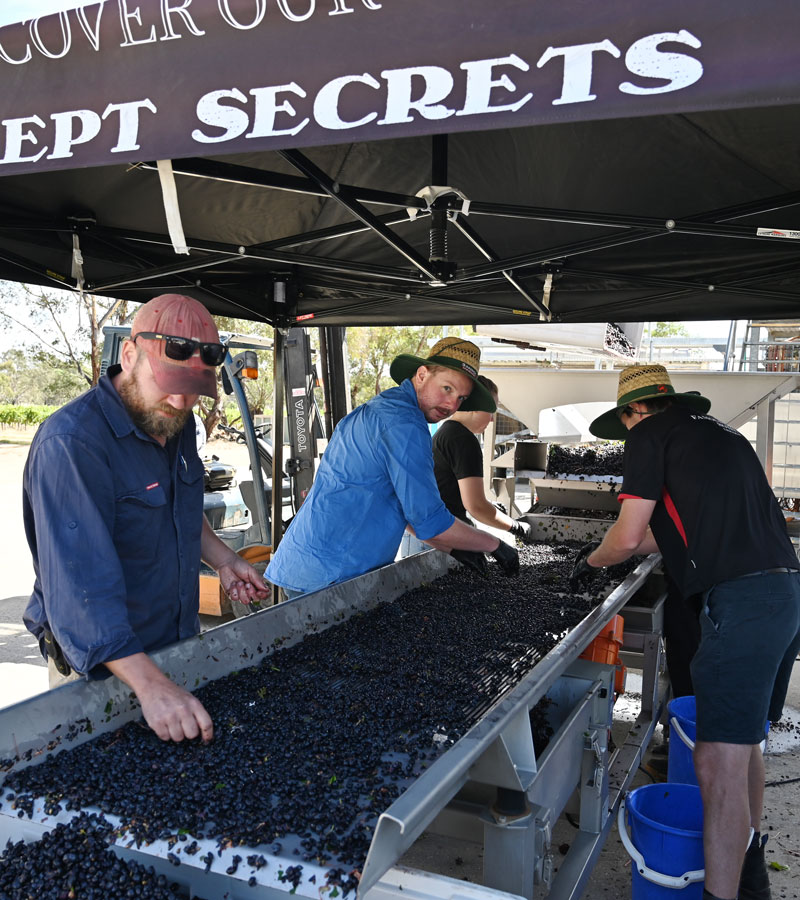What Vine Leaves Can Tell Us
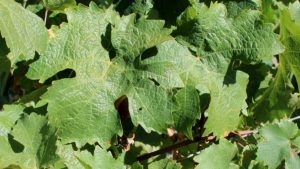
Just as human beings have unique ways of being identified – without the need for hi-tech scientific analysis – grapes have their own kind of fingerprint in the form of their leaves. And when you’re in a vineyard such as Best’s Nursery Block, with its 39 grape varieties (including eight that remain a mystery to this day), being able to tell the difference between dourado (a Portuguese white varietal) and dolcetto (an Italian red) simply by looking at the vine leaf is invaluable.
The Importance of Studying Leaves
About a decade ago, Australian winemakers who thought they’d planted the Spanish white albariño had something of a rude awakening. A French expert, Jean-Michel Boursiquot, visiting the Barossa Valley in 2008, took a look at the leaves and suggested the vines were actually, savagnin, a white grape from the France’s Jura region. This led to DNA testing, including by the CSIRO. The science agreed with Boursiquot and more than a decade on, the mix-up remains one of the biggest controversies in Australian viticulture, costing many people in the wine industry considerable sums of money.
The study of vine leaves is known as ampelography (am-pel-log-graphy) – remember that word for your next wine trivia night – and Boursiquot is an ampelographer. Ampelos is the Greek word for vine.
As a form of botany, things began to get serious on the ampelography front in the 19th Century, when diseases and pests from the New World, such as phylloxera and mildew, began to threaten Europe’s vines. Knowing the grape variety was vital when it came to treatments, and disease resistance of the rootstock. And knowing how the leaves should look when they are healthy helps you recognise when the vines are under stress or something else is amiss.
Suddenly a plethora of books emerged to help viticulturists identify what grape varietals they had by studying the leaves and shoots. But it wasn’t until the 1950s that a Monaco-born Frenchman, Pierre Galet, from what’s now known as Montpellier SupAgro (think of it as the French Ministry of Agriculture’s Roseworthy College) produced his seminal work on the subject. Galet’s book, titled Précis d’Ampélographie Pratique or A Practical Ampelography, contains an astonishing database of 9,600 types of grapevines.
Much of the science in identification up until that point was based around grape cluster. Galet added several other criteria, including the leaf shape, size, colour and texture, plus a careful analysis of the shoots and tips – from hairiness to shininess – to the existing knowledge.
How to Identify a Leaf
If you think of a leaf like a hand, then its veins are the fingerprints and tell their own story. Its lobes are fingers, which can be pronounced on some (eg. nebbiolo, cabernet franc and merlot, which have five “fingers”) while others have three and some are little more a stubby fist (barbera, grenache). The gap between the fingers is known as the lateral sinus.
Hold the leaf by the stem, with the fingers pointing upwards. The space between the middle/top finger and the two either side is called the lateral sinus superior, the lower one between those two fingers and ‘pinky’ and ‘thumb’ is the lateral sinus inferior (you can also call them sinus upper and lower). They tell you a lot about the what grape the vine produces. The leaf shape itself might be circular, pentagonal, a wedge or kidney-shaped (known as reniform).
Then there’s the petiolar sinus – the gap between the stem and lower lobes, which, like higher up, can vary from overlapping to U- and V-shapes or nothing at all.
Put those things together and the shapes of the individual leaves are distinctive enough to easily pick the difference between the main Bordeaux red varietals this way.
Also look at the leaf’s teeth, which can be quite pronounced and serrated, with others more rounded.
The Father of Ampelography
Monsieur Galet, who turned 98 this year, is considered the father of Ampelography, and he went on to publish several more landmark books, including the four-volume Varieties and Vineyards of France.
To understand how important Galet has been to the wine industry over the last six decades, he identified more than 100 different grape varieties in the Burgundian grape family pinot. The California wine industry had its own “albariño moment” in the 1980s, when Galet discovered the pinot blanc they thought they’d been growing there for 40 years was actually Muscadet. Wine buyers have Galet to thank for saving them from drinking mutton-dressed-up-as-pinot in the decades before DNA testing.
The Fun Side of Studying Leaves
Incidentally, it wasn’t until 1979 that an American viticulturist and ampelographer, Lucie Morton, translated Galet’s first book, A Practical Ampelography, into English. An update was released in 2000.
Morton also has a bit of fun looking at vine leaves, dubbing cabernet sauvignon “the mask”, because it looks like it has two eyes and you could wear the leaf as a mask. Tempranillo looks similar, but has a slightly more ghoulish quality, especially with more pronounced teeth.
Turn a chardonnay leaf so it’s pointing down and we reckon it looks like bat head with two big ears and pointed snout (but no eyes). There are no real lobes – the veins of the leaf delineate them (in ampelography-speak, that’s known as naked).
If you’re thinking of becoming a budding ampelographer, then a good trick is to treat the vine leaves like a Rorschach test. What each leaf reminds you of will help you remember which grape it belongs to.
Our Nursery Block
So back to the mystery of the Best’s Nursery Block, which continues to this day. We’re not alone in having a vineyard with different grape varieties all planted together, and what ampelography offers is a fast and relatively easy way to identify what grapes are on the 1.3 hectare-block by sight, compared to the expense and time required by DNA testing. But alas neither ampelography nor DNA testing has not been able to determine what all the vines growing in our Nursery Block are…
Think of ampelography as like being able to recognise your children from behind by their hair and posture, rather than having to call out a name and wait to see the face of whomever turns around. After all, the Nursery Block is a precious member of the Best’s family and is an important part of Australian wine history.
